We are creating 100,000 tonnes of Plastic Pollution every year and it’s coming from your mouth!
People around the world have been chewing ‘gum like’ substances for thousands of years. The Ancient Greeks used to chew resin from the Mastic tree while the Aztecs and Mayans enjoyed chicle, a tree sap that they also used as an early form of adhesive. Native Americans chewed the resin from spruce trees and settlers quickly picked up the habit. By 1848 the first commercial chewing gum was being produced in America and before the turn of the 18th century a number of products were on the market, many of which, in name, are still in existence today.
Chicle was originally the raw ingredient of choice but as the need to chew expanded around the world supply was never going to meet the growing demand and by the 1950’s manufacturers were replacing it with a synthetic product. Nowadays, with the exception of a couple of ‘natural’ brands still made from chicle, all of the chewing gum on sale is made from butadiene-based synthetic rubber, a polymer, a plastic product made from oil, a bit like the stuff we use to make car tyres.
Sorry if I have just ‘grossed you out’ a little bit, but don’t worry, many people have the same reaction. You probably had no idea that you were chewing on what is essentially a lump of malleable plastic and that’s not surprising, because the manufacturers don’t actually tell you as much – they kind of dodge around the detail. On the Wrigley’s website page entitled ‘What Gum is Made Of’ the section about the gum base, the main ingredient, states, ‘Gum base puts the “chew” in chewing gum, binding all the ingredients together for a smooth, soft texture. The Wrigley Company uses synthetic gum base materials for a consistent and safe base that provides longer-lasting flavor, improved texture and reduced tackiness.’ It almost sounds natural and rather yummy. I suspect if they wrote, ‘The Wrigley Company uses butadiene-based synthetic rubbers, polymers synthesised from petroleum by products, similar to those used in car tyres,’ that might not be so appealing. I know, I am well aware that if we examine the detail of many of the products we consume we would be quite appalled and disgusted. I once decided to look up how my favourite chewy gelatin sweets were made and I haven’t touched a Haribo since, but to me this is somehow different.
If the thought of chewing plastic is not that appealing it is possible that at this very moment you may be frantically looking for a bin and a piece of paper to hygienically ‘dispose’ of your gum. However, as someone who cares about the environment, let’s just pause to think about that term ‘dispose’ for a moment. Chewing gum is an oil based synthetic polymer, just like plastics and these products are not broken down by the natural processes that exist in the environment. Plastics and synthetic rubbers last for hundred of years. When was the last time you saw a car tyre turn into compost in your garden? If chewing gum is essentially the same exactly where have we been ‘disposing’ of our gum for the last 70 years, where has it all gone?
Experience of life tells me that much of it ends up underneath tables, particularly in schools and rather revoltingly, restaurants. In Seattle they used to have one particular wall called the gum wall where you could stick your gum. Why on earth you would want to stick your finger into such a glutenous mass of human masticated leftovers I have no idea, but it even became a tourist attraction. Italian sculptor Maurizio Savini has spent years using chewing gum to make sculptures, so that accounts for a fair amount. However, most of the time people just spit it out, where ever they happen to be. You might be considerate and wrap it in a piece of paper before putting it in a waste bin, ultimately destined for landfill, but you only have to look on the pavement in every city in the world to realise that many people simply throw it on the floor. A UK study conducted in 2000 estimated that 250,000 blobs of gum were stuck on London’s Oxford Street alone and a report in 2015 estimated that the cost to local councils of cleaning up chewing gum from UK streets was £56 million. Unlike cigarette smoking there have never been convenient receptacles in restaurants, bars, or airports – ‘Gumtrays’ have never existed. Without regulation, or any disposal process the fact is that all of the gum we have ever chewed is probably still in the environment somewhere.
The ingredients of chewing gum hide behind a veil of secrecy, a bit like the recipe for coca cola and I found it quite difficult to find accurate statistics about the industry. However, the estimates are that the the global chewing gum market is worth around US$19 billion a year with two companies accounting for 60% of the market share and it is growing by approximately 4.5% every year. That’s 374 billion sticks of gum with a total estimated weight of 100,000 tonnes. That is 100,000 tons of plastic pollution being thrown into the environment every year! It is estimated that in the next 5 years, over 1 million metric tonnes of chewing gum will be produced, chewed and thrown away, totally unregulated and without anyone really knowing what the implications are. Clearly something needs to be done.
I am not sure whether chewing gum is a recyclable polymer, but I am pretty certain it is not generally accepted in the recycling bin. Even if it was, putting it in there for manual sorting would be pretty disgusting and it would just get stuck on the conveyor belt in an automated process. There are numerous action groups springing up trying to change peoples attitudes to chewing gum and I have even found a ‘gumtray’ at a train station in Bristol. It’s a move in the right direction. The Singapore government made it illegal to chew gum in 1992 although you can still buy it if prescribed by a doctor, or dentist. I am not saying it should be made illegal and not only because I don’t want to incur the wrath of every football manager in the English league, but it does need to be regulated. This is a product where the manufacturers should not ignore their responsibilities. Firstly they should explain to consumers what they are really buying (I doubt they would do that) and secondly they must consider the environmental impact that their product is having and do something about it. I hate to think about the amount of ‘gum’ that has found its way into the environment since this habit became popular, but it inevitably amounts to millions of tonnes. Throwing away the non-disposable, inorganic products of our 21st century lifestyle cannot continue and chewing gum is no different to any other form of plastic pollution.
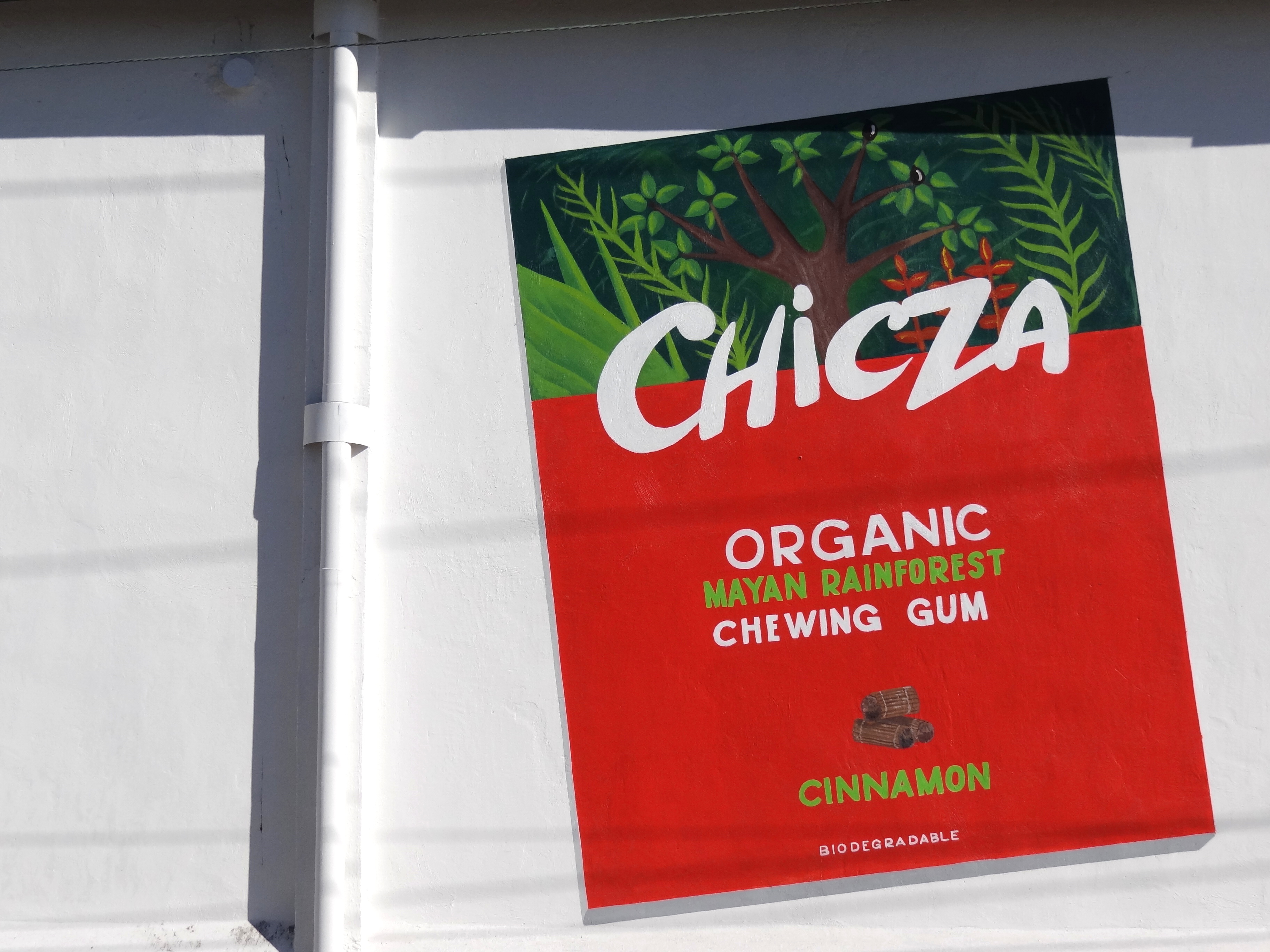
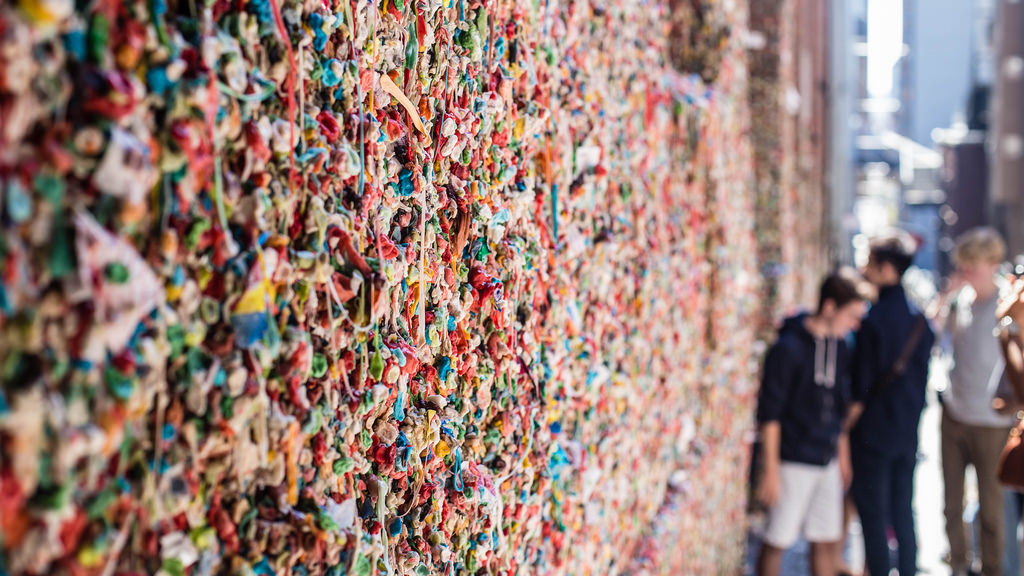

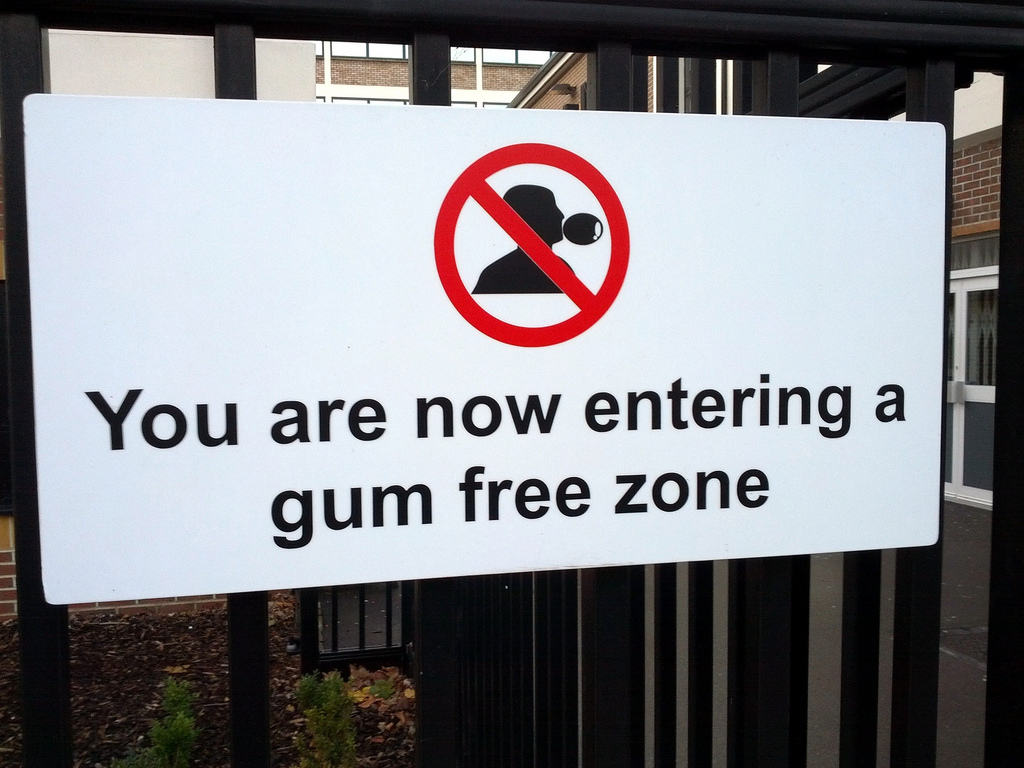

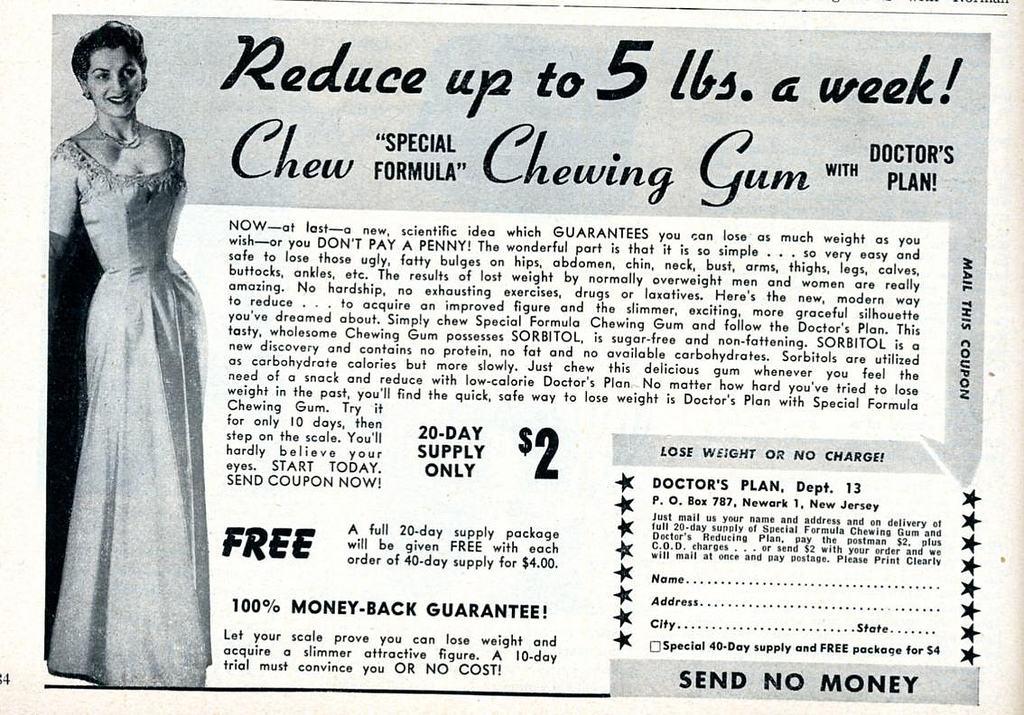

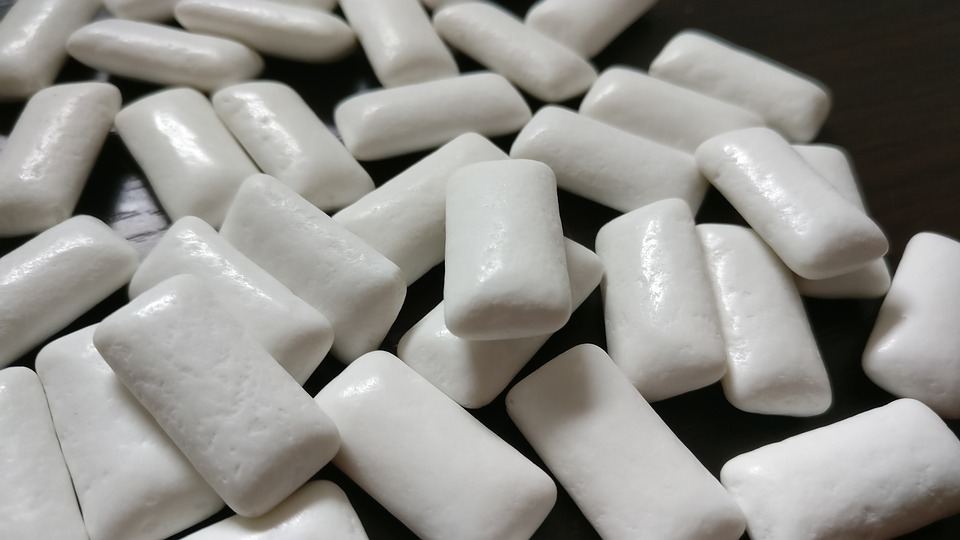


















It is good to see that Iceland are selling natural gum, but we need to be cautious. Just replacing petroleum gum with something biodegradable is only part of the solution. We need to try and kick the habit a bit like smoking. The only difference is that smoking generally only harms the individual who ignores the warnings, damage to the environment harms us all. Strangely enough, a lot of my friends have now stopped chewing gum when I told them it was just a flavoured car tyre. Perhaps if we tell more people it might make a difference.
David, I have to agree! Did you know that it takes up to 254 days to changes a person’s habits? Here at the University of New South Wales in Sydney Australia, we have started a new initiative to encourage students to stick there gum where it actually belongs… in the bin! Not such an easy task.
Social innovations like this don’t happen over night, but starting with a group of friends like you have is the way to go!
This post is invaluable. Where can I find out more?
What more do you need to know?
Chew gum? Please read this whole article and ‘chew on that’. Our oceans are FULL of plastic.
Let’s all do all we can to help mother earth and the oceans.
I vote we BAN chewing gum globally. It is only doing harm, and, it is PLASTIC! Do you really want to be chewing on Plastic?
Come on people, we can do so much better. Please join me and ask for a global ban.
I think I will start a petition for a GLOBAL BAN. Watch for it!